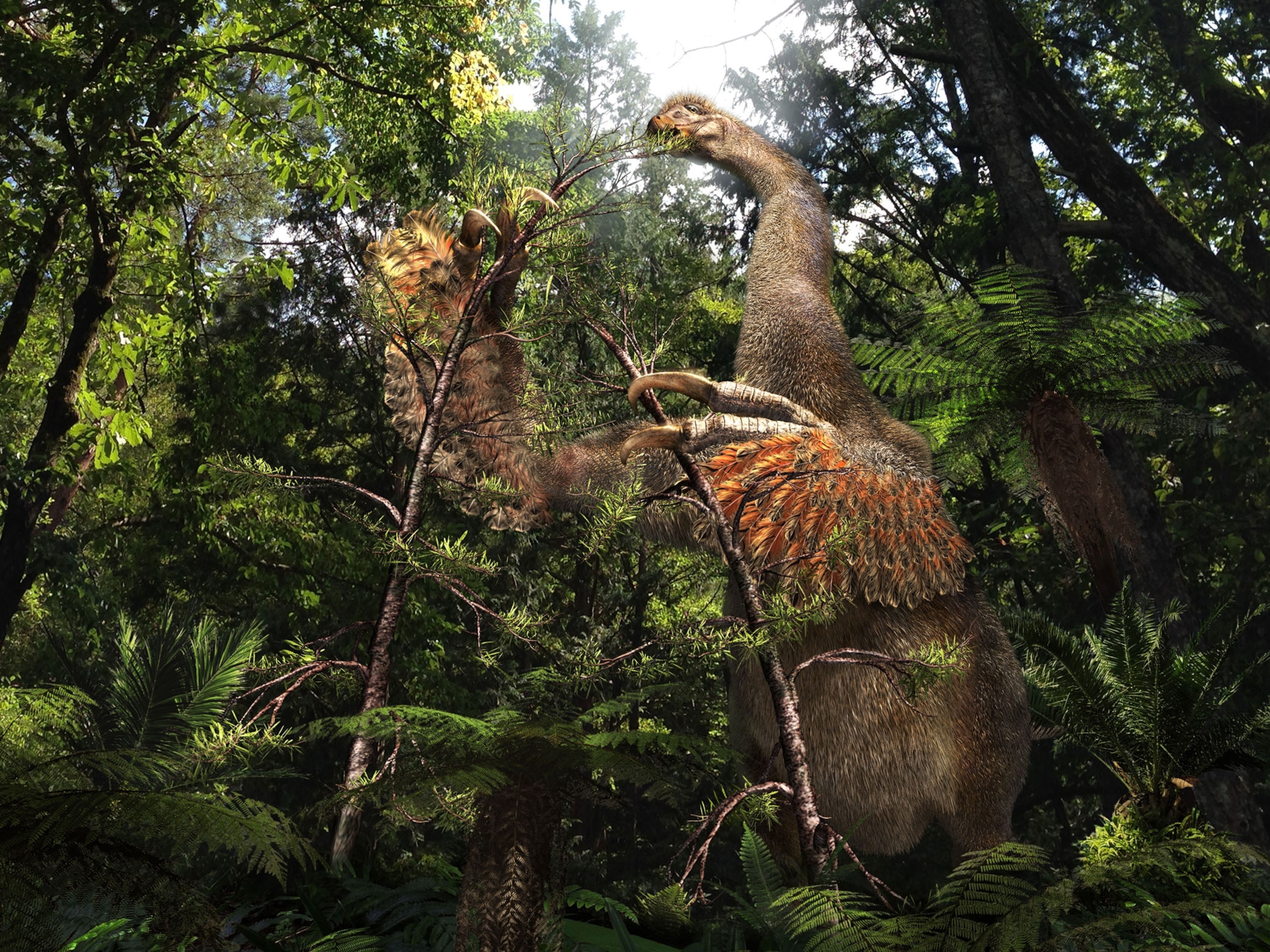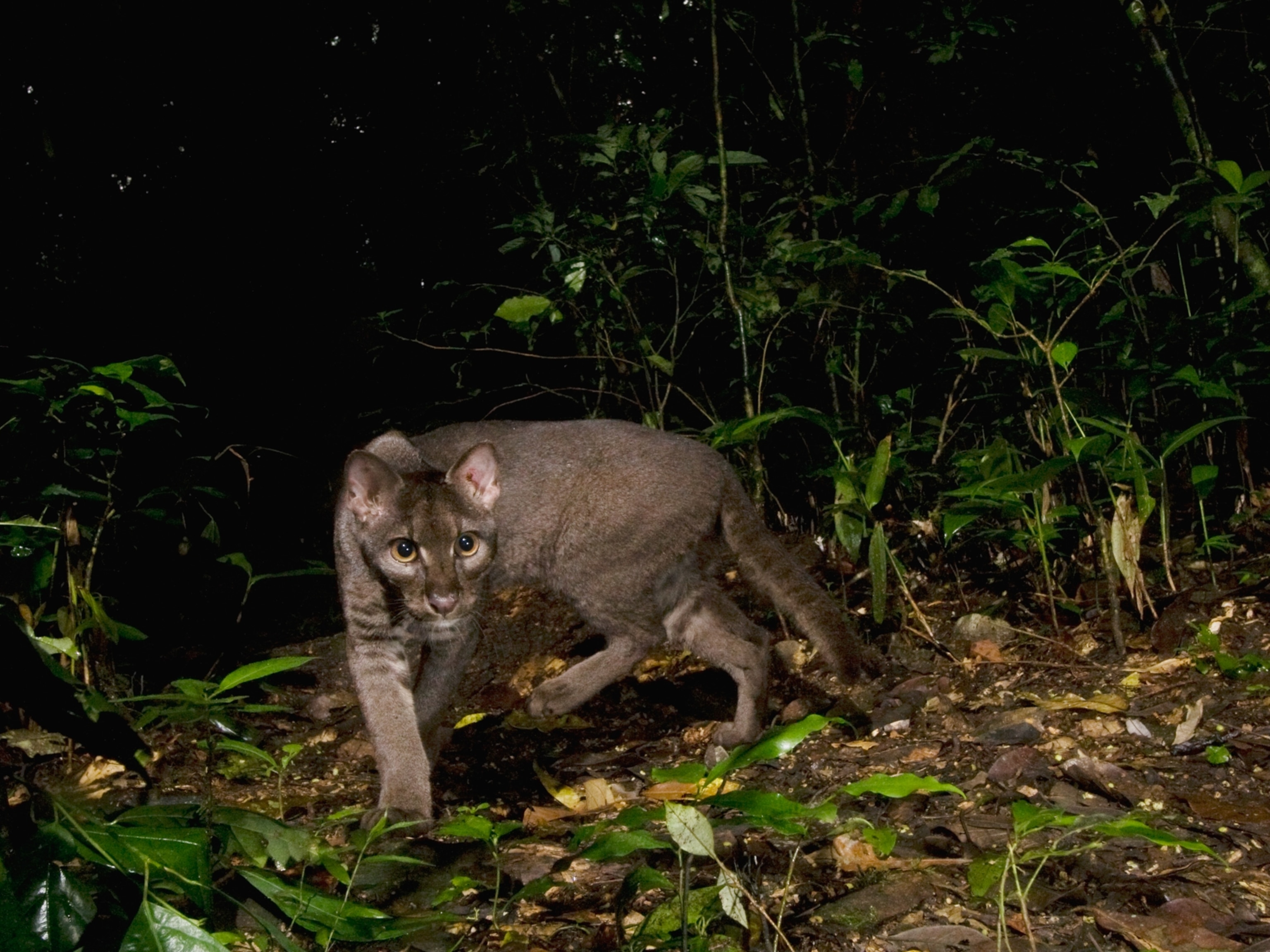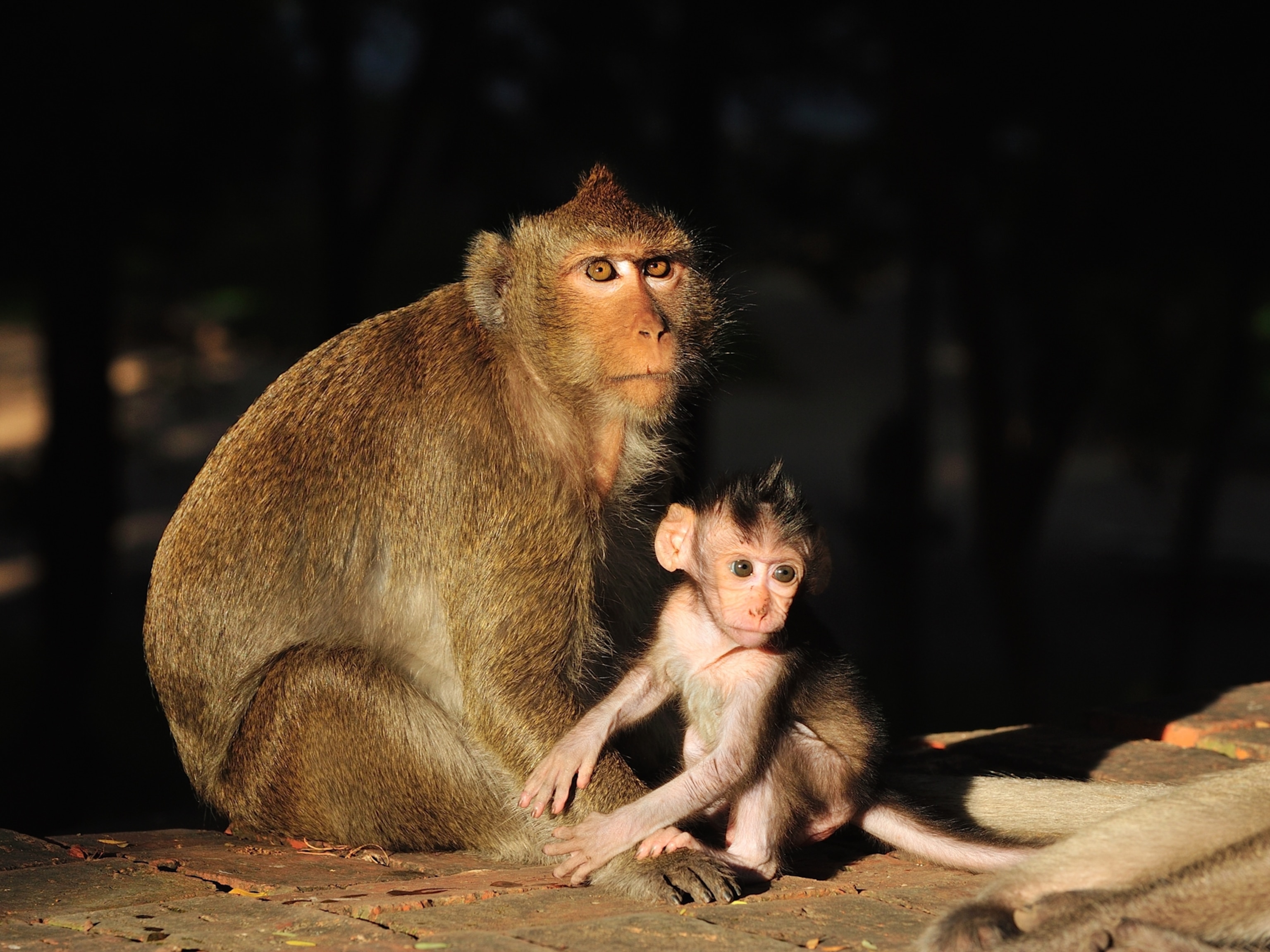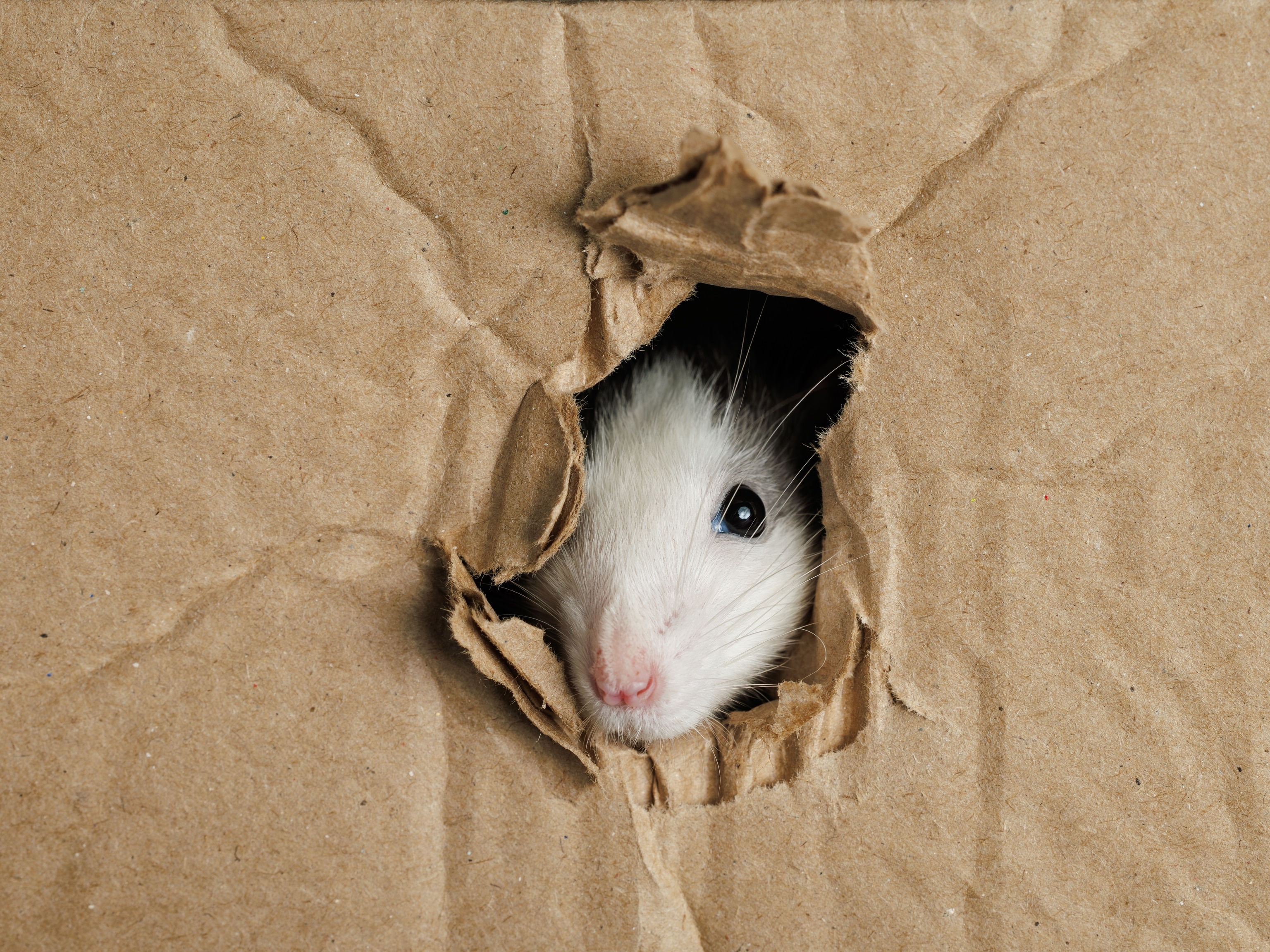Witness the Harrowing Capture of a Wild Sloth for the Black Market
A video follows a sloth from capture in the wild to market, where it is to be sold into the pet or 'selfie' trade.
The footage shows a sloth clinging to a treetop in the Peruvian jungle as two men hack at the trunk. As the tree plummets 100 feet down to Earth, the sloth comes with it. The men, illegal loggers, grab the animal, still alive, from beneath the rubble of the tree and stuff it head-first into a black bag. They tie the bag shut, carry it back out through the jungle, and throw it onto a boat. They open it for a quick look—the sloth is wet with condensation from its breath inside the cramped, unventilated bag. The loggers re-tie the bag, plunging the sloth back into darkness.
After a trip down the Amazon River to the port town of Iquitos, the loggers sell the sloth to a vendor for $13. Belén Market, where the vendor operates, is known as a hot spot for the illegal wildlife trade.
Shot in late August and provided to National Geographic by international nonprofit World Animal Protection, the video lays bare an animal’s devastating journey from the wild to captivity. For any tourist looking to take a selfie with a cute, seemingly docile sloth—or anteater, or turtle, or parrot, or snake, or caiman—it illustrates the suffering that many of these creatures endure in order to make it into animal lovers’ arms.
Earlier this month National Geographic investigated the use of illegal captive wildlife in the tourism industry in the Amazon. In Puerto Alegría, Peru—about 200 miles downriver from where this sloth was captured—I encountered around 18 different species of wild animals being held in captivity for dozens of tourists to hold and take photos with every day.
While these captive situations are bad for all species involved, says Neil D’Cruze, head of policy at World Animal Protection, the effect on sloths is particularly severe. They sleep for up to 20 hours a day in the wild, and their seemingly calm, docile personalities make them easy to capture, transport, and handle. The stress of these experiences, D’Cruze says, can lead to their premature deaths.
The cameraman happened to capture this footage serendipitously. He had been filming a “day in the life” of illegal loggers in Peru and was aware that their work fuels the wild animal trade. But he didn’t expect to witness the actual capture of an animal. As the incident unfolded, his camera kept rolling.
It’s unclear what ultimately happened to this sloth, but it was likely sold into either the illegal pet trade or the tourism “selfie” trade. “As soon as those animals are taken from the wild, it’s highly unlikely that there will be a happy ending for them,” D’Cruze says.





